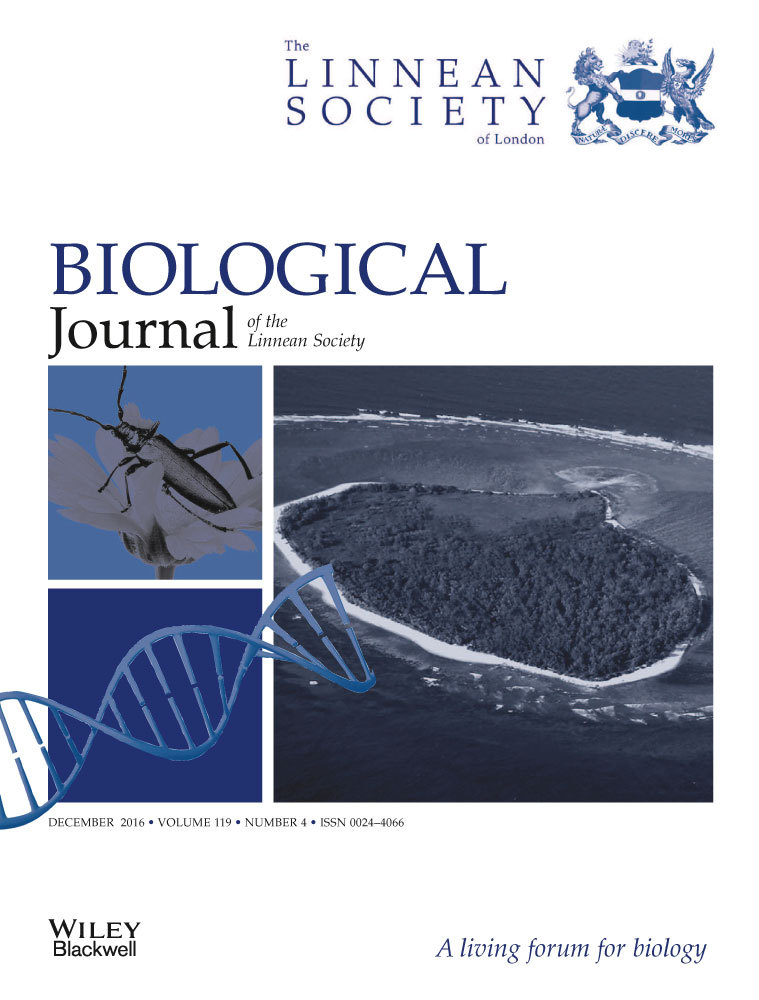Divergence and evolution in Darwin's finches
Abstract
The medium and large ground finches of the Galapagos archipelago Geospiza fortis and G. magnirostris are distinguished by their different body size and bill dimensions on most of the islands where they both occur. On the island of Indefatigable this distinction is not complete and a group of birds with intermediate bill dimensions is present. The origin of this group could be explained by sympatric divergence of G. fortis or by hybridization, between this species and G. magnirostris. Although the conditions for sympatric divergence are severe it seems likely that strong disruptive selection for different optimal bill sizes may be operating on G. fortis, due to the presence of several ecological niches, separate categories of size and hardness of seeds the birds eat. It is suggested that islands in the Galapagos archipelago, and perhaps other oceanic islands, may provide conditions extremely conducive to sympatric divergence, or even sympatric speciation.




